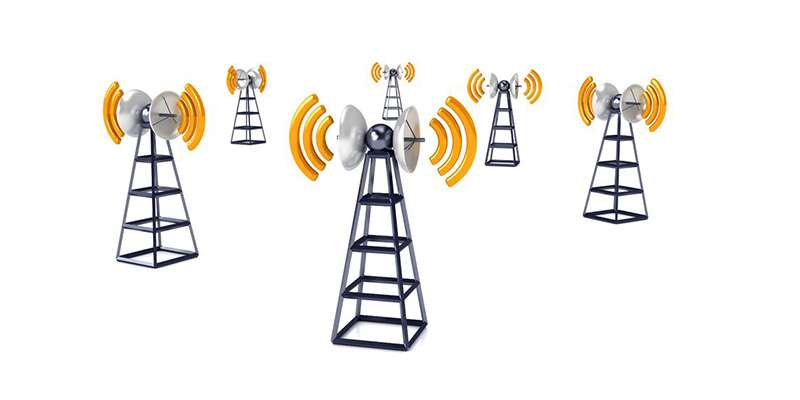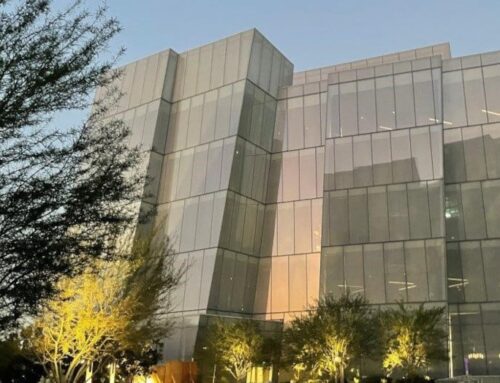Let’s face it, wireless technology isn’t going away. It’s only just the beginning, and consumers are relying on wireless devices more than ever as their main source of communication for business.
Municipalities, like the City of Burbank, California, recognize the importance of having full coverage in the event of an emergency and have adopted signal public safety coverage for emergency first responders. In fact, all new building constructions need to meet the standards of the Public Safety UHF Radio Amplifications System/Signal Booster Ordinance.
So, if you own a building in Los Angeles, for example, you may ask yourself, what does this mean to me? It means that all new buildings in the City of Burbank will need to meet these requirements in order to pull a Certificate of Occupancy. Although not all cities require it, more and more office buildings are installing Distributed Antenna Systems (DAS) in order to provide coverage to their tenants. This could be the difference between a tenant choosing Building A (having wireless coverage) versus building B (not having wireless coverage). It is also important to keep in mind that not all buildings will require a DAS system in order to have wireless coverage. There are several factors that can influence the quality and strength of radio frequency (RF) signals throughout buildings. Having an RF test survey early on can determine if a DAS is required, and where it may be deemed a necessity.






